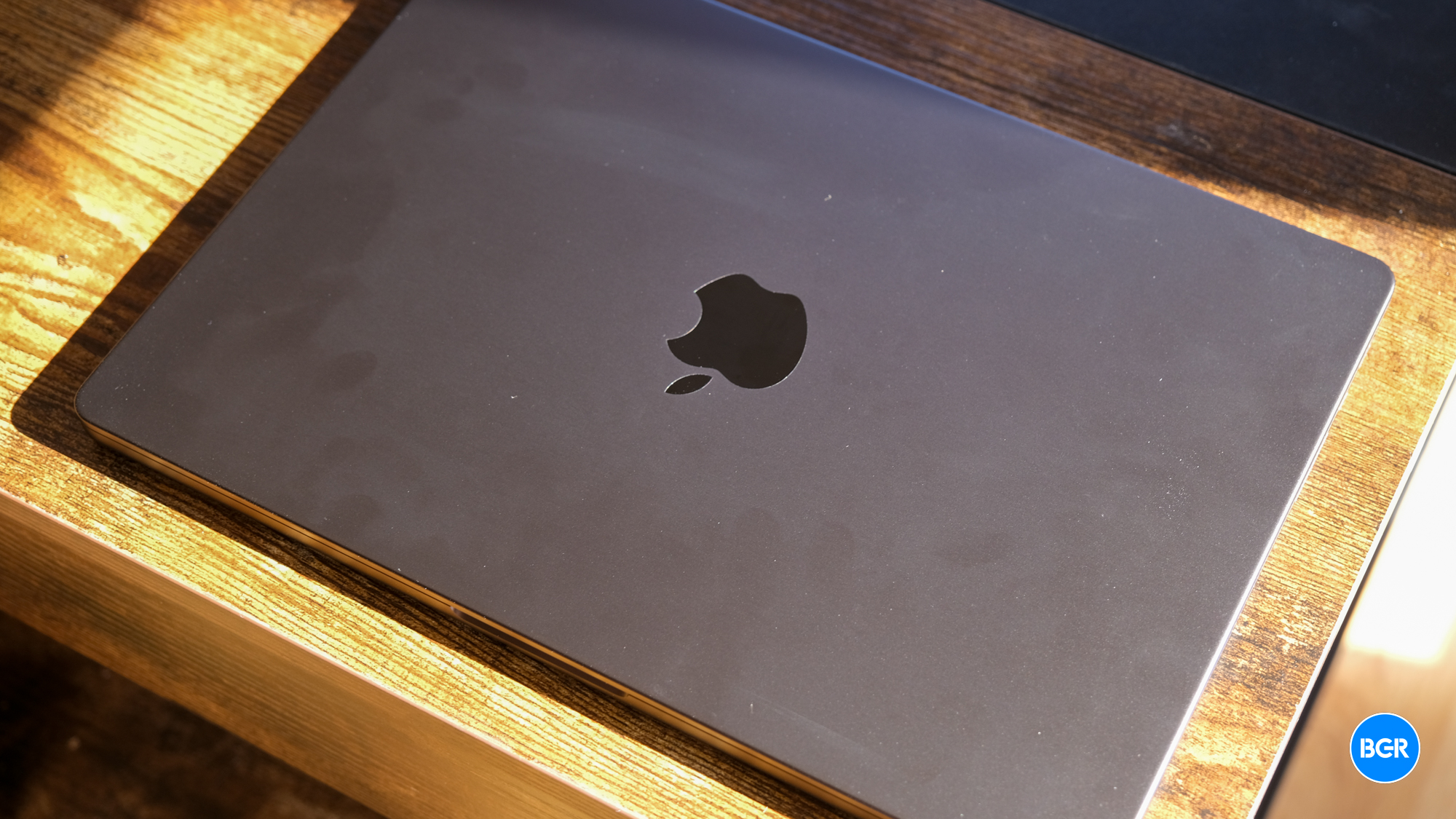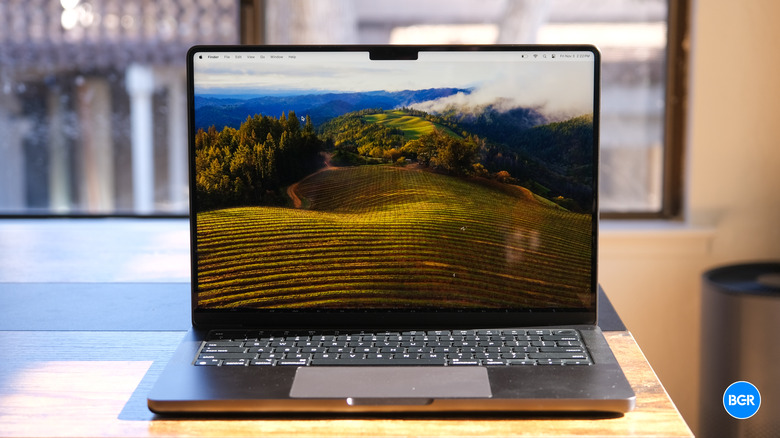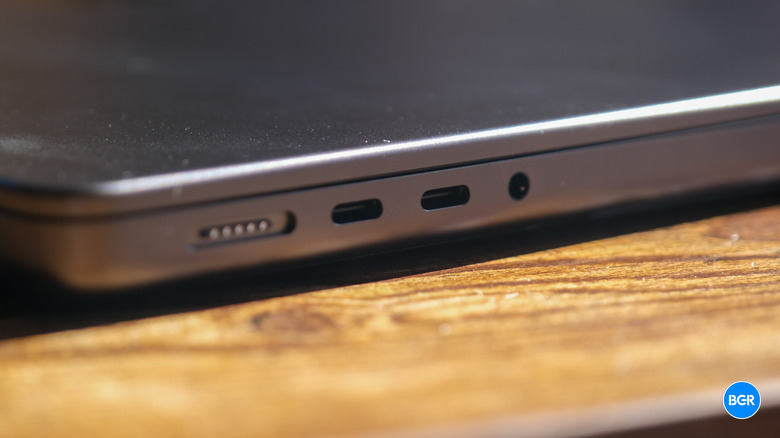Two M3 MacBook Pro Tricks You Should Know Before You Buy One
Apple unveiled the M3 MacBook Pro and iMac models last week, opening online preorders. The M3 MacBook Pro, M3 Pro MacBook Pro, and M3 iMac models are already shipping, with the M3 Max MacBook Pro versions having a slightly delayed release date. They're coming later this month, so you won't have too long to wait.
Whether you purchased your new M3 MacBook Pro flavor or not, you should be aware of two great tricks. They'll help you decide what M3 MacBook Pro version to buy next if you didn't get one. Or maybe replace the one you got with a different version.
The 14-inch version now supports the High Power Mode that was exclusive to the 16-inch MacBook Pro in previous generations. As for the 16-inch M3 flavors, they can recharge at 140W over USB-C and MagSafe.
As a reminder, the late 2023 MacBook Pro comes in two screen sizes. The 13-inch version is gone, so you can choose between the 14-inch or 16-inch MacBook Pro models. When it comes to System-on-Chip (SoC) choices, you have three options: M3, M3 Pro, and M3 Max.
In total, you end up with five different new M3 MacBook Pro versions. The cheapest model only comes in a 14-inch flavor, the $1,599 M3 MacBook Pro.

High Power Mode on M3 Max MacBook Pros
The M3 chips bring big performance gains across the board, with the M3 Max delivering the best upgrade for the MacBook Pro. We're looking at M2 Ultra desktop performance in a laptop, according to benchmark results.
If you somehow need more power, the M3 Max models will support High Power Mode. As SixColors points out, the mode is available for both the MacBook Pro 14-inch and 16-inch laptop. Expect the laptop's fans to kick into high gear when you enable the mode:
For some tests, I switched the MacBook Pro into High Power Mode, which is now available on both 14- and 16-inch models in the M3 Max configuration. (Previously, it was only available on 16-inch models.) I didn't actually find it made much of a difference in the tests I was running, but it sure did make the fans kick in at a very loud volume.
Adding support for High Power Mode to the smaller MacBook means you no longer need to buy the larger, slightly bulkier, 16-inch version to use the feature.
Fast battery charging without MagSafe
The M3 MacBooks support fast battery charging if you use the USB-C-to-MagSafe cable that comes in the box. That's something previous models also offered. Like all MacBooks with USB-C ports, you can recharge the laptop using a regular USB-C-to-USB-C cable. Just as you would have done it before Apple brought back MagSafe charging to the MacBook.
Apple updated its support document for MacBook battery charging. Apple explains that you can fast-charge the late 2023 MacBook Pro 16-inch model at 140W speeds by using the MagSafe 3 cable or a 240W USB-C Charge Cable (2m).
Previous 16-inch MacBook Pro models with M-series chips also support 140W charging over MagSafe. But USB-C charging is capped at 100W.
That also means the late 2023 MacBook Pro 14-inch models can fast-charge using USB-C as long as you get a charger that supports at least 100W of power. The smaller laptops will ship with chargers that offer around 70W of power.
As we've already seen in M3 MacBook Pro battery life tests, the new laptops will offer amazing battery life. That means you'll hardly need to fast-charge your laptop before leaving the house or the office. However, in case you do need to reach a 50% charge in around 30 minutes, you'll want to ensure you always pack the right charger and cable combination.

